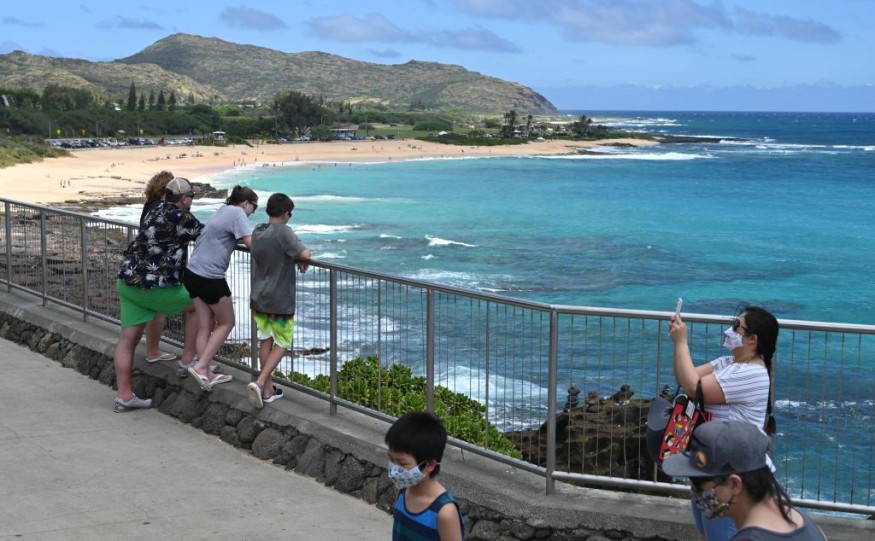
Fecal matter bacteria, which may cause gastroenteritis and several other infections, have been detected on some of Hawaii's most popular tourist favorite beaches.
Fecal Matter Bacteria in Hawaii Beaches
Although Hawaii's blue seas sometimes appear immaculate, appearances can be misleading. Enterococcus bacteria, a sign that there is fecal matter in the water, are frequently seen on certain of Hawaii's beaches.
Infections of the nose, ears, mouth, and throat are also known to result from it.
According to a recent study from the Oahu branch of the environmental group Surfrider Foundation, seven of the 20 Oahu beaches that had their water quality tested last year had over 50% of their samples surpass health department requirements.
The continuity over time indicates a persistent problem, and this is not just an Oahu issue.
Cases of Infection in Residents
Jason Allen, an Oahu native and surfer, alleges that he frequently has cellulitis, which he never experienced as a child. According to reports from KITV4, now even the smallest cuts he receives can't prevent it since the bacteria level is so high.
The state of Hawaii regularly analyzes the water quality of Hawaii's beaches and issues advisories when the level of bacteria is excessive. The Hawaii State Department of Health discovered significant levels of germs in Kailua Bay in May of last year. In the past, bacteria advisories have been issued for Shark's Cove, Ko Olina Lagoon 4, Kailua Beach Park, and Waikiki on the island of Oahu.
The Blue Water Task Force
The Blue Water Task Force, run by the Oahu branch of the Surfrider Foundation, tests beach samples on a few beaches every other Sunday. Kauai and Maui did the same. Testing raises awareness by filling up monitoring gaps when the health service does not check. Eight locations in Maui's 2022 report had health requirements that were surpassed, including Wailuku Stream, which had 4,366 enterococci per 100 milliliters, which was more than the 130-state limit.
A regulation requiring their renovation or closure by 2050 was prompted by Hawaii's approximately 88,000 cesspools that leak untreated sewage. Animal waste, groundwater floods, and stormwater runoff all contribute to pollution. When water seems hazy or brown, use caution since heavy rain causes pollution.
Also Read : Cow Waste Slurry From Livestock Farming and Fertilizer Pollutes UK Rivers Up to 300 Times in 2021, EA
Polluted Tourist-Favorite Hawaii Beaches
Popular beach areas in Kauai, where streams and rivers meet the ocean, struggle with pollution. Due to high levels of germs, the Surfrider Foundation named Nawiliwili Stream in Kalapaki Bay as the top priority beach in the country in its 2022 Clean Water Report. Since 2016, no measurement has fallen below the state's guidelines, with all sample tests failing health department norms.
Even though Duke's Kauai and the Royal Sonesta Kauai Resort are there, people still want to swim, surf, and let their kids play in the stream at the beach. Senior scientist Carl Berg from the Surfrider Foundation's Kauai branch challenges the risk of visiting a location that is frequently contaminated and emphasizes that people may make educated decisions about their public and children's health based on the information at their disposal.
Similar to how Hanalei Bay is constantly contaminated by rivers and streams, there are recurring problems in certain places. Despite worries for the public's health and the need to solve the issue, the county and hotels have resisted efforts to tackle pollution in Nawiliwili Stream, despite heightened signage in some locations, SFGate reports.
Related Article : Massive Sewage Spill of 30,000 Gallons Prompts Closure of Beaches Along Lunada Bay, Los Angeles
© 2025 NatureWorldNews.com All rights reserved. Do not reproduce without permission.





